…Keep The Lights On!!! That’s right, we won the Berlin Film Festival’s prestigious award for the best queer film at the festival! Read the full story here!
And The Teddy Award Goes To… by




A front-runner for best American film of the year.
ERIC HYNES, VILLAGE VOICE
Stunning! Moving and totally engrossing.
SIMON ABRAMS, INDIEWIRE
Easily the finest dramatic film I saw at Sundance this year.
ANDREW O‘HEHIR, SALON
Forget Brokeback Mountain.
This is the most heartbreaking gay love story of our times.
DAN HECHING, NEXT MAGAZINE

…Keep The Lights On!!! That’s right, we won the Berlin Film Festival’s prestigious award for the best queer film at the festival! Read the full story here!

Berlin. It’s interesting to be back in the same city, same hotel, same film festival, 7 years since I was here with Forty Shades of Blue, which was a personal low point, as depicted in the film I’m showing tonight, Keep the Lights On. The darkest hours can produce light it seems. I’ve just taken a shower, picked out my shirt, and will head in 10 minutes down to the lobby to meet my sister, Dana, who has come to the screening from Budapest, where she and her family are living for the semester. We will then meet up with Thure and Zach, a team of producers, and Thimios, in from Greece, for our European premiere. Films always play differently in different contexts, so I am going to sit in on this screening and see how it varies from Sundance.
More…
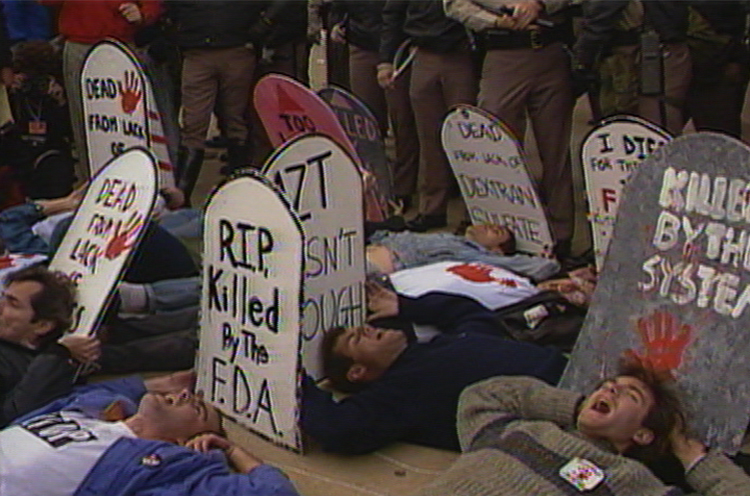
Tomorrow night at the MOMA, KTLO contributor Jim Hubbard will open the annual Documentary Fortnight series with his exciting new documentary United In Anger. Perfectly timed for last year’s 30th anniversary of AIDS, and this year’s 25th anniversary of ACT UP, the film tells the story of the legendary activist group who fought tirelessly to change government definitions of AIDS, force scientists and the government to excel their development of life-saving drugs, and change the public perception of AIDS from a gay-disease to one that affected us all. The film examines the nuts and bolts of what made ACT UP’s successes and failures come to pass, with a special attention paid to the culture and camaraderie behind the scenes as well as the role of women in the group. I spoke to Hubbard last night about creating the film, the connections between ACT UP and Occupy Wall Street, and whether New York would be ready for another AIDS crisis.
Adam: Hi Jim, are you excited for the premiere?
Jim: Yeah. It’s started to keep me up night.
I know you were a member of ACT UP, both a longtime activist and longtime documenter of the movement, but how did this film come together?
It either took me 25 years, 10 years, or 3 years depending on how you count. I started filming ACT UP in June of 1987 at the Gay Pride March. I continued to film ACT UP for years afterward and make films about it. Elegy in the Street would be the most prominent of the films. But I was shooting 16mm and processing the footage myself, so I stood in contrast to all the people videotaping it, many of whom made dozens of tapes about ACT UP in the late 80’s/early 90’s. Then in 1995, at the behest of the Estate Project for Artists with AIDS I convinced 30 or 40 AIDS activist videomakers to donate work to the New York Public Library, for the resources there. And then ten years ago when Sarah Schulman and I started the ACT UP Oral History Project, I always had it in my mind that I would make a film based on the project, and I started seriously editing what became United In Anger, about three years ago. More…
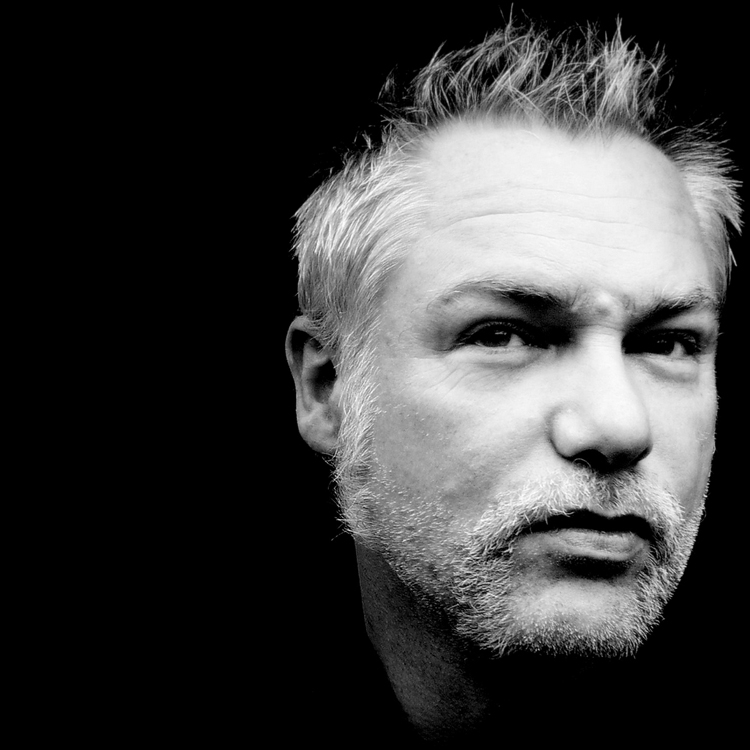
One of the central ideas at the core of Keep The Lights On is that we must be committed to talking about the secret behaviors which we’ve learned to keep hidden from the world. UK-based author Jonathan Kemp’s new book Twentysix is one of the most dynamic illustrations of this idea I’ve read in some time. The book is a slim yet dense collection of 26 gay sexual encounters told in unsparing detail alongside philosophical observations that try to get to the core of the narrator’s pursuit of pleasure. Like Georges Bataille and Jean Genet before him, Kemp’s prose is titillating, dark, and honest to its core. I spoke with Kemp this past weekend about his influences and how he created such an involving and unusual piece of writing. More…
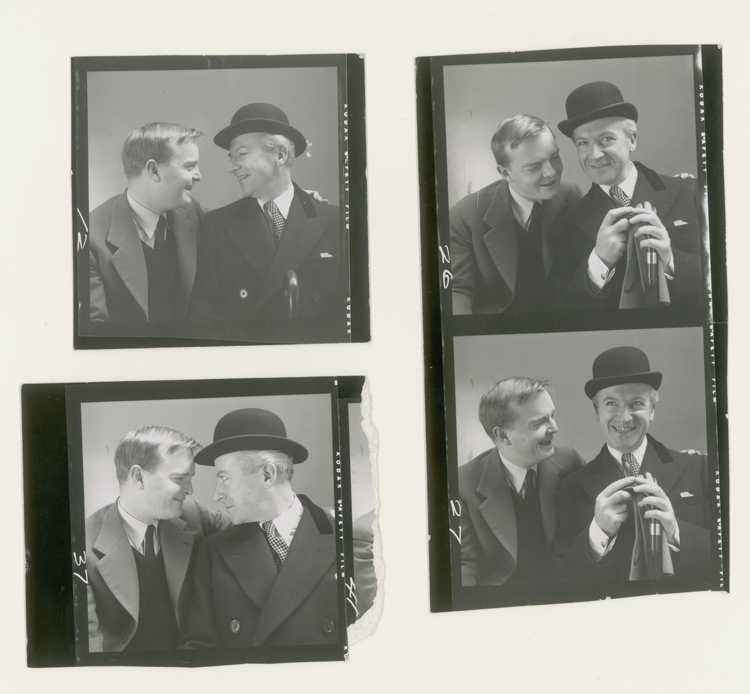
If you’ve been keeping up with our Gay New York section, you’ll know that we get pretty excited over any event that explores the forgotten or unexplored history of life as a gay person in New York. So when we heard the news that the Museum of the City of New York were planning to hold a “Gay New York” conference this Saturday (2/11) devoted to the ways that gay New York artists influenced the cultural life of the city from the 1920′s through the 1960′s – well, I mean, can you imagine what paroxysms of delight went roaring through our thin apartment walls?
Presented in conjunction with the MCNY’s remarkable exhibition Cecil Beaton: The New York Years, the conference will cover topics such as the gay artists and writers of the Harlem Renaissance, E.M. Forster and the West Village, Cecil Beaton’s relationship with actress and famed New York recluse Greta Garbo, art dealer Sam Green, and Aaron Copland, Virgil Thomson, and Leonard Bernstein. Speakers include George Chauncey, Wendy Moffat, Lynn Garafola, and more. Tickets start at $25 for members, and $35 for non-members, and are available at boxoffice.mcny.org. Don’t miss this rare treat. We’ll see you there!
Photo above:
Truman Capote and Cecil Beaton, ca. 1952
© Cecil Beaton Studio Archive at Sotheby’s
Courtesy Cecil Beaton Studio Archive at Sotheby’s
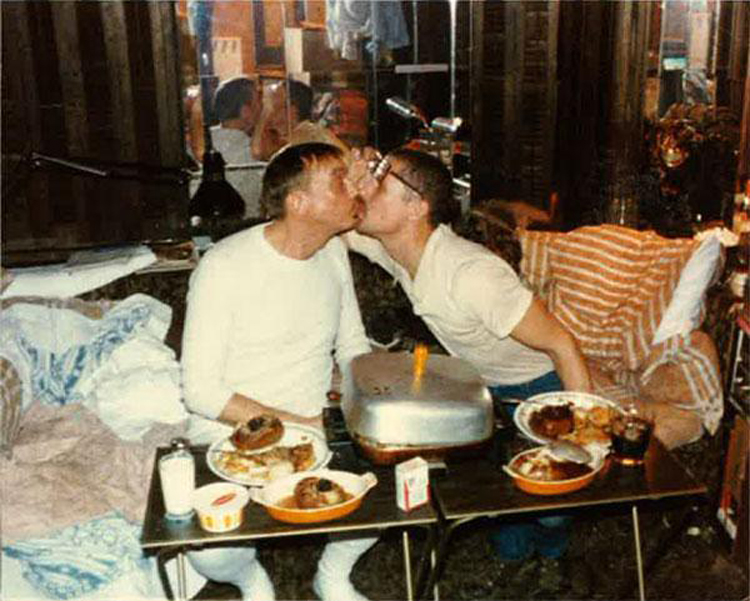
One of the brightest moments during our Sundance screenings of Keep The Lights On was when the brilliant filmmaker James Bidgood appeared onscreen as an interview subject of the lead character Erik, played by Thure Lindhardt. Bidgood’s frankness and wit when interviewed elicited roars of laughter from the audience. This month Out Magazine offers a more tender side of the experimental auteur in their article “The Secret Garden”, one of a series of stories about lasting love for a Valentine’s themed issue. The article tells the story of Bidgood his great love Alan and their meeting at a sex theater in the East Village. As usual Bidgood’s wonderful frankness about wild sex practices, mixed with tender honesty makes this piece a must-read. Click here for the story.
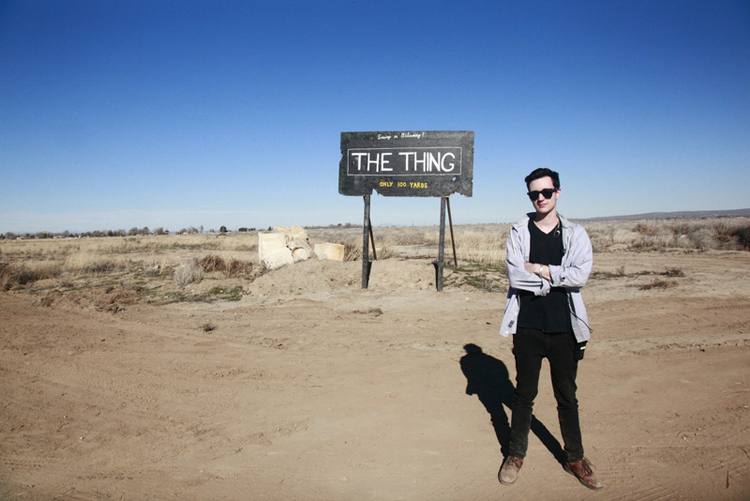
Though feature films often dominate the conversation at the Sundance Film Festival, the smart filmgoer pays just as close attention to the shorts, many of which are turned into features after attracting attention on the festival circuit. Director Rhys Ernst’s short film The Thing was one of the most exciting shorts I saw at the festival this past weekend. Afterwards, I spoke with Ernst about how the film came to be, a pivotal road trip he took, and his thoughts on trans representation in cinema.
Describe what your short is about?
The Thing is about a couple –a woman and a transgendered man– who are traveling on a road trip with their cat towards a mysterious roadside attraction called “The Thing.” The closer and closer they’re getting toward their destination the further and further they’re getting from each other.
Where did the idea for the short come from?
Since I’m trans I certainly had a stake in putting that character out there. Obviously there’s a lack of trans men characters in film, but I didn’t want to make an identity film, I wanted to have the issue folded into a much larger narrative so it could appeal to all different kinds of audience members. I have gone on a lot of calamitous road trips and when I moved to LA from New York I brought my cat with me in the car.
Isn’t that sort of dangerous for a cat to travel that way?
The cat was okay. He was a little freaked out, but he was okay. My friend and I would sneak him into hotel rooms. It was so comic and strange it was one kernel for the film. The rest of it’s not particularly autobiographical – though I did grow up going on lots of road trips with my family. It’s so American – these tourist roadside attraction places. They’re these nice emblems of something that’s totally mysterious. More…
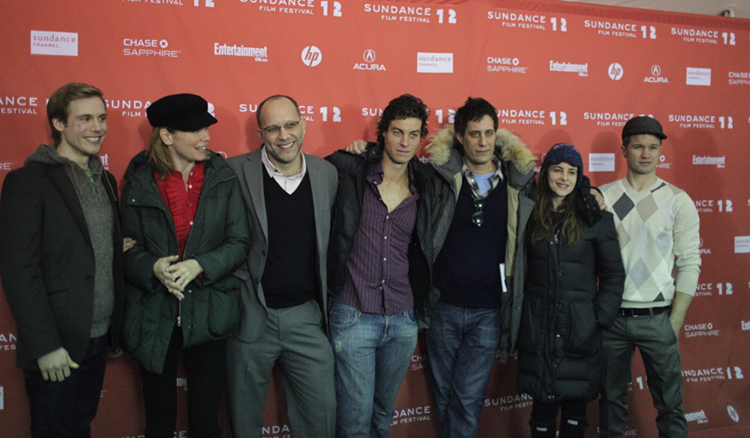
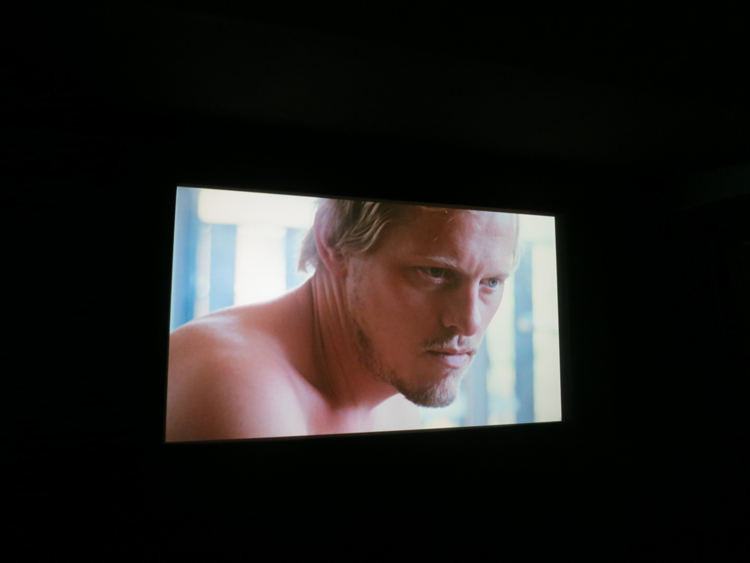
Tomorrow I fly in the morning to Park City for Sundance. It will be my fifth time there with a film, and probably my 20th time there over the decades, since my father has lived in Park City since the mid-70s. He moved out there in a Winnebago, and set up camp behind Utah Coal & Lumber, the one restaurant in town, where they made a very good pineapple burrito. This was when Park City was a sleepy hippy town, and I went to what was then called the US Film Festival for the first time in 1981, when the films screening were Melvin and Howard, Heartland, Return of the Secaucus Seven, as well as a great Henry Fonda retrospective that included My Darling Clementine and The Lady Eve. It was at Sundance that I saw my first Cassavetes movie, that I saw the first screening ever of Sex, Lies and Videotape, and of both Poison and Safe. But also any number of films we don’t talk about any more, but that were amazing. Films like Patti Rocks, and Silverlake Life, and Heat and Sunlight. It wasn’t until I was in my 40s did it suddenly click to me that maybe it wasn’t a coincidence that — given that I went to Sundance every year from when I was 15 to at least 25 — that I thought I might become an independent filmmaker. More…
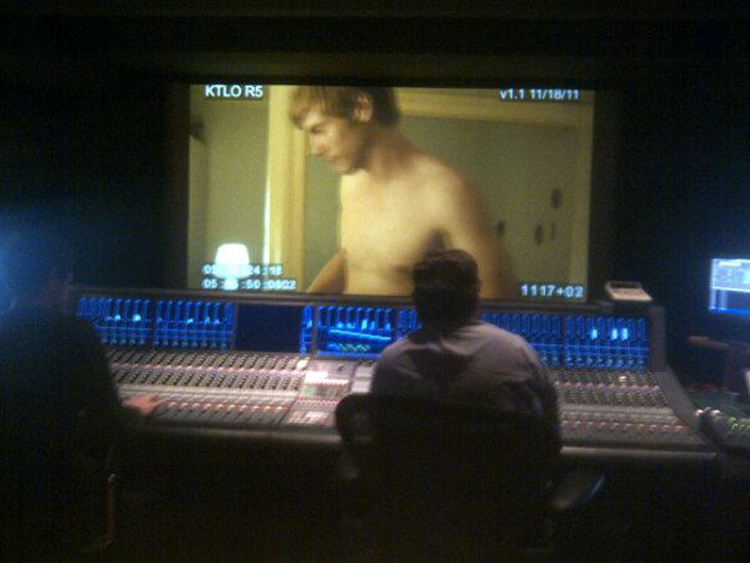
Ira Sachs, Academy Award-winning sound mixer Dom Tavella (Chicago, Forty Shades of Blue, Black Swan) and Sound Designer Damian Volpe tweak the final mix in advance of Keep The Lights On‘s Sundance premiere in one week!